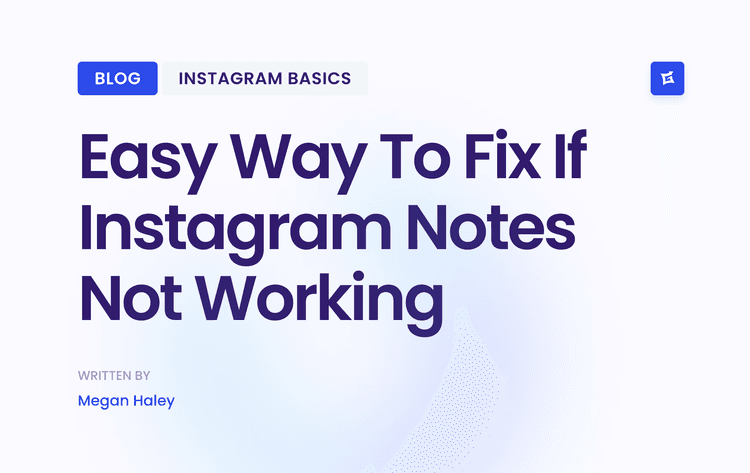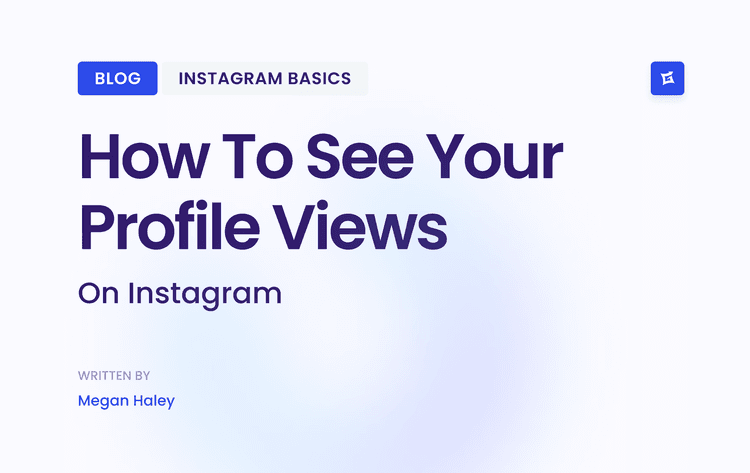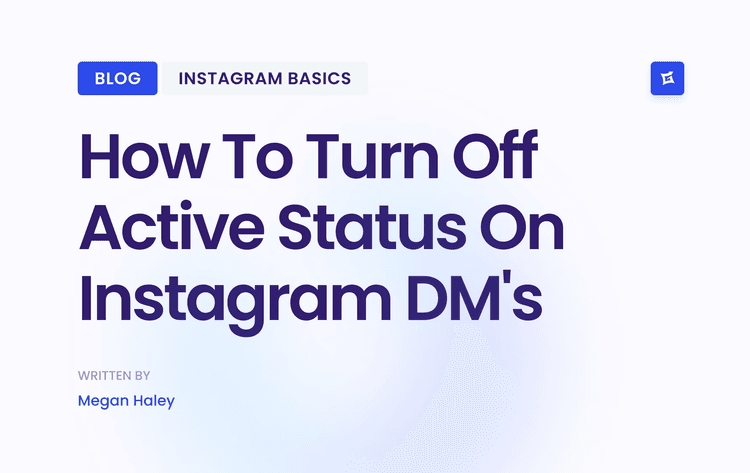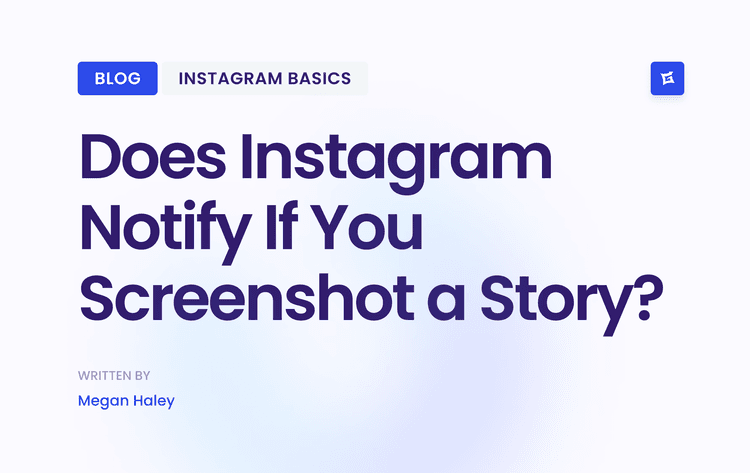Unleash Your Content's Potential
Ten Repurposing Strategies for 2025 and Beyond
This article explores ten powerful content repurposing strategies to turn your existing content into a dynamic growth engine. These strategies will provide influencers, small businesses, brands, content creators, and marketing professionals with the tools to expand their audience and maximize impact. Get ready to unlock your content's full potential and accelerate your growth.
1. Blogs to Social Media Series
One of the most effective content repurposing strategies is renewing your blog posts into engaging social media snippets. This "Blogs to Social Media Series" approach maximizes the reach of your long-form content. It dissects articles into bite-sized pieces perfect for various platforms. Instead of simply sharing a blog link, extract key quotes, statistics, or takeaways and display them in a format optimized for each social media channel.

This might involve a series of tweets forming a thread, Instagram carousel posts, LinkedIn updates, or Facebook discussions, all originating from a single blog post. This creates a content ecosystem, reinforcing your message and increasing audience engagement. It's a powerful way to increase content frequency without constantly generating new topics, effectively extending the lifespan of your existing content. Each social media post acts as a teaser, driving traffic back to your blog.
This strategy has been used by marketing influencers like Gary Vaynerchuk (GaryVee), Buffer, and HubSpot. Buffer breaks down data-heavy blog posts into digestible tweet threads, highlighting key statistics. HubSpot renews blog insights into visually engaging carousel posts for Instagram. Neil Patel leverages LinkedIn to share actionable tips from his blog, solidifying his thought leadership. These examples demonstrate the versatility of this repurposing technique.
Features
Extracts key quotes, statistics, or insights from blogs
Adapts content format to platform-specific requirements
Can be automated with scheduling tools
Creates a content ecosystem around a single topic
Pros
Maximizes the value of research done for the original blog
Increases content frequency without requiring new topics
Drives traffic back to the original blog post
Extends the lifespan of your content
Cons
May appear repetitive if not properly varied
Requires understanding of different platform formats
Can be time-consuming to adapt for each platform manually
Tips for Implementation
Create a content calendar that spaces out posts from the same blog to prevent audience fatigue.
Design custom graphics for each platform using quotes or key takeaways from your blog post to enhance visual appeal.
Track which excerpt performs best on each platform to inform future content and refine your approach.
Add platform-specific elements like relevant hashtags or emojis to maximize engagement. Consider exploring Caption Ideas to further enhance your social media content.
This "Blogs to Social Media Series" strategy is a practical and efficient way to leverage existing blog content for broader reach and engagement. It's beneficial for influencers seeking organic growth, small businesses and startups with limited resources, brands boosting social media followers, content creators, and marketing agencies maximizing content impact.
2. Video to Multiple Formats Renewal
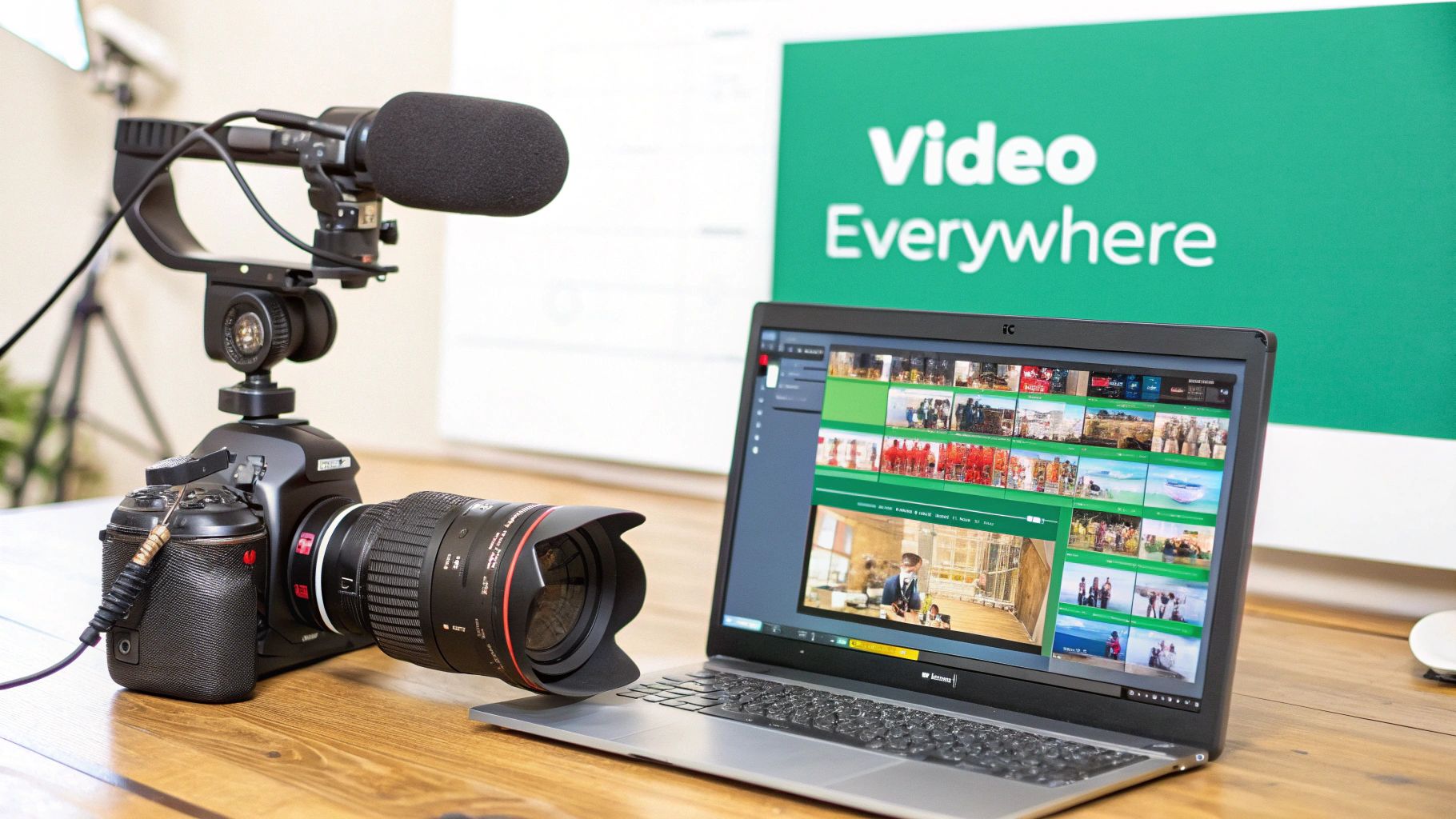
Video to Multiple Formats Renewal is a powerful content repurposing strategy. It maximizes the reach and impact of your video content by building a single high-quality video into various formats. These formats cater to different platforms and audience preferences.
This single recording session can yield a surprising amount of content. Think podcast episodes, blog post transcripts, social media clips, and audiograms. It's a highly efficient and cost-effective way to expand your content library.
Key Features and Benefits
This strategy offers several key features:
One Recording, Multiple Content Types: Ensures message consistency across all channels.
Broader Audience Reach: Caters to both visual and audio learners.
Efficient Production: The entire process, from recording to repurposing, can be batched.
The benefits are clear:
Increased Content Output: A dramatic increase from just one recording.
Diverse Audience Engagement: Caters to readers, viewers, and listeners.
Improved SEO: Multiple online entry points boost search engine visibility.
Cost Savings: Significant savings compared to creating individual pieces of content.
The time and resources invested in filming a single video can be leveraged multiple times. This generates a much higher return on investment.
Learning from the Pros
Consider content creators like Marie Forleo, Gary Vaynerchuk, Amy Porterfield, and Pat Flynn. They've popularized this strategy, demonstrating the power of rebuilding video content into various formats. They've reached a wider audience and solidified their brand account across multiple platforms.
Potential Drawbacks
Like any strategy, there are potential drawbacks:
High-quality video is essential: The initial recording needs to be top-notch for successful repurposing.
Tools and Expertise: You might require specialized tools like Descript or team members to handle the format renewal.
Maintaining Quality: Ensuring consistent quality across all formats can be challenging.
Implementation Tips
To effectively implement this strategy:
Plan for Repurposing: Design your video script with repurposing in mind from the start.
Standardize the Process: Establish a standard operating procedure for your team to follow for each video. This will ensure consistency and efficiency.
Create Short-Form Content: Design video segments that can stand alone as short, engaging clips for social media. Consider using our guide on caption writing for these clips.
Why This Strategy Matters
This strategy deserves its place on this list due to its efficiency and effectiveness. It caters to modern content consumption habits and provides a scalable solution. Whether you're an influencer, a small business, or a large brand, Video to Multiple Formats Transformation is a valuable tool.
3. Data Visualization Renewal
Data Visualization Renewal is a powerful content repurposing strategy. It takes dry, text-heavy data like research findings, statistics, or reports and rebuilds them into visually compelling and easily digestible content. This can include infographics, charts, and interactive visualizations.

This approach makes complex data more accessible. Instead of wading through pages of text, your audience can quickly grasp key takeaways from a well-designed infographic or interactive chart. This visual approach increases engagement and sharing, boosting your message across various platforms.
Features and Benefits
Rebuild text-heavy data into visual formats: This makes information more palatable and easier to understand.
Makes complex information accessible and shareable: Simplifying data expands its reach.
Creates highly engaging social media content: Visuals are inherently more shareable on platforms, boosting organic growth.
Can be broken down into smaller graphics or expanded into presentations: This offers flexibility for different content formats.
Increases comprehension of complex information: Visuals aid in understanding and retaining key data points.
Highly shareable, increasing potential reach: Visual content has a higher chance of going viral.
Builds authority by presenting research in professional formats: Well-designed visuals project professionalism and subject matter expertise.
Extends the life of research or survey investments: Repurposing data maximizes the return on investment.
Pros and Cons
Here’s a quick overview of the pros and cons:
One of the advantages is that it increases comprehension, making information easier to understand. However, a drawback is that it requires design skills or resources to create effectively.
The content is highly shareable, allowing for wider distribution and engagement. On the downside, accuracy must be meticulously maintained to ensure credibility.
It builds authority, positioning the creator as a knowledgeable source in their field. However, the process can be time-consuming, requiring significant effort to produce quality content.
Another benefit is that it extends the life of research, ensuring findings remain relevant over time.
Real-World Examples
Several organizations successfully use data visualization:
HubSpot: Regularly rebuilds annual marketing statistics reports into engaging infographics.
Visual Capitalist: Excels at renewing economic data into shareable, often viral graphics.
Information is Beautiful: Creates award-winning visualizations from various datasets.
Moz: Displays in-depth industry studies with compelling visuals.
Pew Research Center: Uses charts and infographics to make complex research accessible.
Evolution and Popularity
The rise of visual communication, along with increased access to data visualization tools like Tableau and Infogram, has propelled this strategy forward. Pioneers like David McCandless have showcased the power of visual storytelling with data. The demand for digestible information further reinforces the importance of Data Visualization Renewal.
Tips for Implementation
Focus on one key finding per visualization: Avoid overwhelming your audience.
Create templates for new data: Streamline your workflow and maintain a consistent style.
Break large infographics into smaller pieces for social media: Optimize for each platform.
Include branding and sources: Maintain professionalism and build credibility.
Data Visualization Renewal is a highly effective method for repurposing existing content. By rebuilding raw data into compelling visuals, you connect with your audience on a deeper level and position yourself as a valuable resource. This strategy benefits businesses, content creators, and marketing professionals seeking organic growth.
4. Webinar to Course Conversion
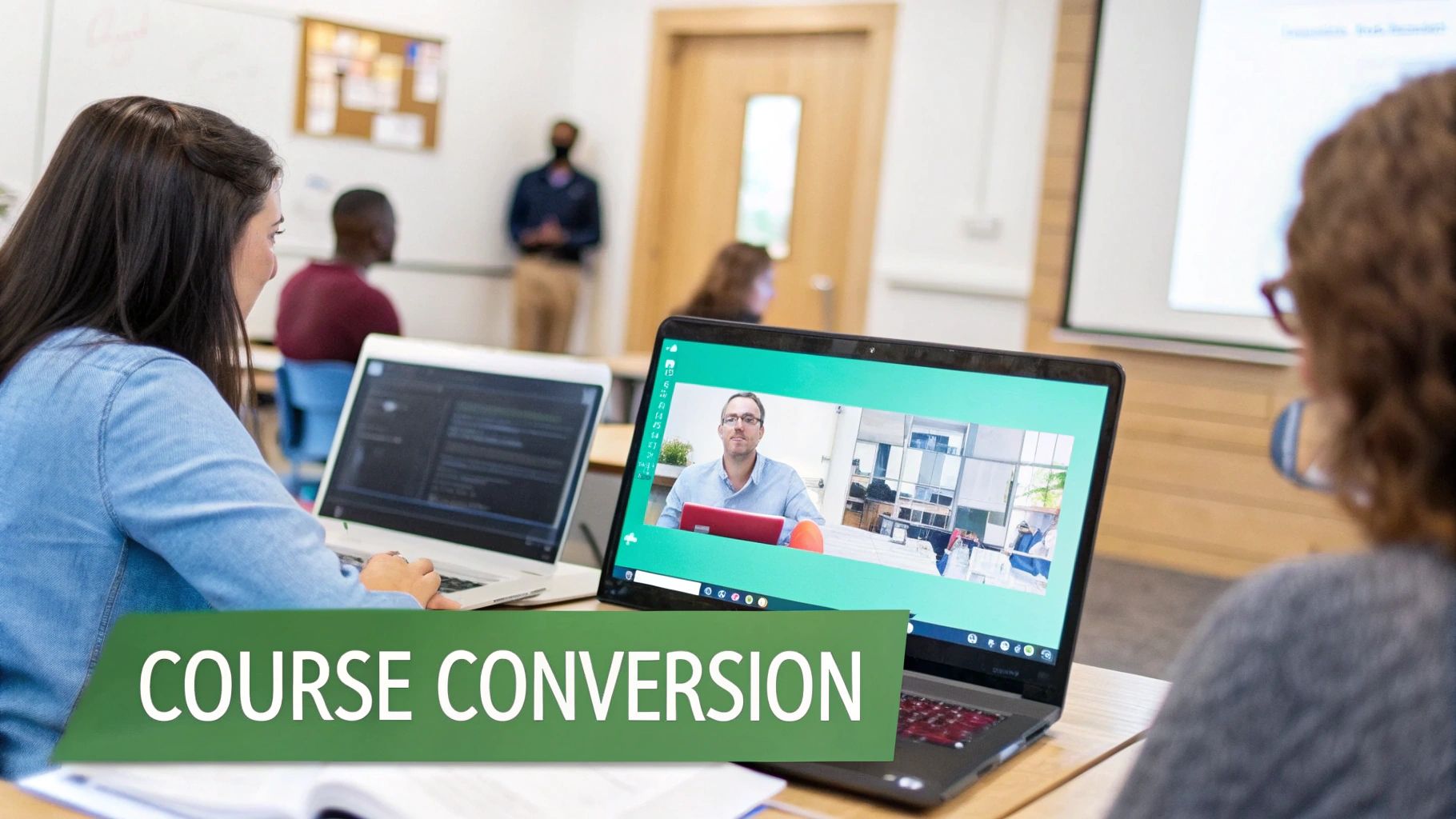
Webinar-to-course conversion is a powerful content repurposing strategy. It renews a one-time live event into a lasting educational product. This involves taking the webinar recording and building upon it. Adding resources like worksheets, quizzes, and downloadable guides creates a comprehensive online course. This strategy is invaluable for influencers, businesses, and content creators. They can maximize their content’s impact and generate additional revenue streams.
This approach structures content that might otherwise be confined to a single moment. It creates an easily accessible and repeatable learning experience. Your webinar becomes the foundation for a valuable asset instead of being archived. This repurposing method has gained significant traction. Marketing leaders like Amy Porterfield, Digital Marketer, Russell Brunson, and HubSpot Academy demonstrate its effectiveness. It aids both lead generation and revenue growth.
Features & Benefits
Here are some of the key advantages of converting webinars into courses:
Lasting Educational Products: Builds ephemeral content into evergreen resources.
Interactive Elements: Scale up passive viewing into active learning through quizzes and downloadable materials.
Cohesive Programs: Combine multiple related webinars to create learning paths and more extensive curricula.
Premium Content: Repurpose free webinars into paid courses, adding value and generating revenue.
Pros and Cons
Let's examine the advantages and disadvantages of this strategy:
Pros:
New Revenue Streams: Monetize your expertise and existing webinar investments.
Extended Lifespan: Get more from your webinar creation efforts through repurposing.
Added Value: Enhance the learning experience and justify premium pricing with added resources.
Industry Authority: Position yourself as a knowledge leader by offering structured learning.
Cons:
Editing and Restructuring: Raw webinar footage needs refining and organizing.
Additional Materials: Supplemental resources and assessments may be necessary.
Technical Requirements: You’ll need a platform to host and deliver your course.
Real-World Examples
Several prominent figures and organizations utilize this strategy:
Amy Porterfield often converts her promotional webinars into lead-generating mini-courses.
Digital Marketer transforms workshop recordings into comprehensive courses, like their "Digital Marketing Mastery" series.
HubSpot Academy frequently develops certification courses from internal training webinars.
Tips for Implementation
Here's how to effectively convert your webinars into engaging courses:
Plan Ahead: Design webinars with potential course conversion in mind from the beginning.
Logical Modules: Break content into digestible modules with clear learning objectives.
Increase Engagement: Add practice exercises and quizzes for active learning.
Downloadable Resources: Offer worksheets and templates to enhance the learning experience.
Webinar-to-course conversion is a highly effective way to maximize your content's value. It allows you to generate new revenue streams and establish expertise. You’ll also provide valuable learning experiences for your audience using existing content. This strategy is particularly valuable as online learning and accessible information are in increasing demand.
5. Podcast to Written Content Engine
Turning your podcast into a written content engine is a powerful repurposing strategy. It maximizes the reach and impact of your audio content by systematically transforming each episode into various written formats. This creates a ripple effect across different platforms, allowing a single conversation to fuel blog posts, email newsletters, and social media updates, and even contribute to larger projects like ebooks or books. This is a valuable strategy for influencers, businesses, and content creators looking to expand their audience and establish thought leadership.
This method uses the conversational tone of podcasts, making the written content engaging and relatable. It also opens your audio content to a wider audience, including those who prefer reading. Moreover, optimizing the written content for search engines can significantly improve the discoverability of both your podcast and your brand. This multi-pronged approach makes the "Podcast to Written Content Engine" a crucial strategy for content repurposing.
Features and Benefits
Creates text-based SEO content from audio: Boost your website's search engine rankings and attract organic traffic by converting audio discussions into SEO-friendly blog posts and articles.
Captures unique insights from conversations: Preserve the valuable knowledge and insights shared during podcast conversations in an accessible and searchable format.
Makes audio content accessible to reading audiences: Cater to a wider audience by offering content in both audio and written formats.
Builds a library of written content from ongoing podcast production: Establish a consistent content creation flow by leveraging your regular podcasting schedule.
Pros
Leverages the natural, conversational tone from podcasts: Maintain the engaging and authentic feel of your podcast in the written versions.
Improves discoverability through SEO-optimized written content: Increase your online visibility and attract a larger audience.
Provides content for readers who prefer text over audio: Cater to different learning styles and preferences.
Can highlight different aspects of conversations for various platforms: Tailor the written content to suit the specific platform and audience.
Cons
Requires transcription and significant editing: Converting audio to text and polishing it for readability can be time-consuming.
Spoken conversation often needs restructuring for written formats: The informal nature of spoken language may require restructuring for clarity in written form.
Time-intensive to build effectively: Producing high-quality written content from podcasts requires a dedicated time investment.
Examples and Evolution
This strategy has been used by prominent figures like Tim Ferriss, who consistently creates detailed blog posts from podcast interviews, highlighting key takeaways and actionable insights. Shane Parrish of The Knowledge Project (Farnam Street) produces in-depth articles from podcast conversations, delving deeper into the discussed topics. Similarly, Pat Flynn of Smart Passive Income converts his podcast episodes into comprehensive guides, offering practical advice and resources. Even Joe Rogan's team leverages this strategy, demonstrating its effectiveness across diverse niches. This approach has evolved from simple show notes to comprehensive articles and blog posts that stand alone as valuable pieces of content.
Practical Tips for Implementation
Use AI transcription tools as a starting point but always edit for accuracy: AI transcription tools can save time, but human editing is essential for ensuring accuracy and readability. Consider tools like Otter.ai or Descript.
Structure blog posts with clear headings that weren't in the original conversation: Organize the written content with clear headings and subheadings to improve readability and navigation.
Pull out actionable tips or insights as standalone social media content: Create bite-sized content for social media platforms to promote your podcast and engage your audience.
Create custom graphics featuring podcast guest quotes: Enhance the visual appeal of your written content and social media posts with engaging graphics using tools like Canva.
By implementing the "Podcast to Written Content Engine" strategy, you can significantly amplify the reach and impact of your podcast, build stronger online followers, and establish yourself as a thought leader in your niche.
6. User-Generated Content Amplification
User-generated content (UGC) Amplification is a powerful content repurposing strategy. It uses the authentic voices of your customers, followers, and community members. This involves collecting, curating, and repurposing content created by your users. Think reviews, social media mentions, testimonials, and case studies. These are renewed into valuable marketing materials, social proof, and engaging content across various channels. This approach refreshes your content strategy and fosters a stronger community and trust around your brand.
This strategy is effective because it builds authentic user voices into valuable marketing assets. Showcasing real customer experiences provides compelling social proof. This resonates far more effectively than traditional brand-created content. A successful UGC amplification strategy includes a streamlined process for collecting and curating content. It also needs clear guidelines for usage permissions and a system for organizing UGC by themes or topics. This makes repurposing easier.
The benefits of UGC amplification are numerous. UGC adds authenticity and builds trust by showcasing real people interacting with your product or service. It's also cost-effective, as the content is initially created by users. This frees up your internal team's resources. Highlighting customer contributions fosters a stronger sense of community and encourages further engagement. UGC often performs better than brand-created content due to its inherent credibility and relatability.
However, there are some important considerations. Obtaining proper permissions is crucial. You need a clear process for securing the rights to use user-generated content. Quality and messaging consistency can vary. This requires careful curation and editing. Active community management and moderation ensure a positive and productive environment.
Real-world examples of successful UGC amplification abound. Airbnb showcases host and traveler stories across its marketing. This paints a vivid picture of the experiences their platform enables. GoPro, masters of UGC, features user-submitted videos in their social media campaigns and advertising. This highlights the incredible footage captured with their cameras. Glossier, a beauty brand known for its community-driven approach, repurposes customer reviews and before/after photos. This showcases the real-life impact of their products in various formats.
The rise of social media platforms and the increasing importance of authenticity in marketing have made UGC amplification essential. Brands like Apple, with their #ShotOniPhone campaign, GoPro, Buffer, and Glossier have demonstrated the power of user-generated content. They've shown how it can drive engagement and build brand loyalty. You might be interested in: Our guide on hashtag generation to help you curate and collect more relevant UGC.
To effectively implement a UGC amplification strategy, consider these tips: Create branded hashtags to encourage and track user submissions. Develop a clear permissions process. This ensures you have the right to use customer content. Organize UGC by themes or topics to simplify repurposing. Consider offering incentives for high-quality submissions to motivate your community.
User-generated content Amplification deserves its place on this list. It offers a powerful, authentic, and cost-effective way to enhance your content strategy. By leveraging the voices of your community, you can build trust, foster engagement, and drive stronger results. This strategy is particularly beneficial for influencers, small businesses, startups, and brands aiming to boost their social media account. It's also helpful for content creators, marketing agencies, and professionals seeking innovative ways to connect with their target audience.
7. Content Atomization Strategy
Content atomization is a powerful approach to content repurposing. It involves deconstructing a large, comprehensive content into smaller, self-contained units. Think of it like splitting an atom: each part is still valuable and capable of generating energy but in a more focused way. This creates a rich content ecosystem around a central theme, with each "atom" addressing a specific aspect, question, or format. This is particularly valuable for influencers, small businesses, brands, and content creators looking to grow their online brands.
Content atomization helps you squeeze every drop of value from your pillar content. Instead of a comprehensive guide or report gathering dust after its initial release, atomization breathes new life into it. Think blog posts, social media updates, infographics, short videos, email newsletters, and more. This multi-faceted approach lets you engage different audience segments at various stages of the buyer journey.
Features and Benefits
Content Clusters Around a Central Pillar: This builds topical authority and improves SEO through internal linking. The pillar content acts as the central hub, linking to all the smaller atomic content pieces, which also link back.
Addresses Different Buyer Journey Stages: Atomized content can cater to users at different stages: from awareness (like a short social media post) to consideration (a detailed blog post) to decision (a case study).
Targets Various Keyword Opportunities: Each atom can be optimized for a specific long-tail keyword, expanding your organic reach and driving targeted traffic.
Builds Topical Authority: Comprehensive coverage through multiple content formats establishes you as a trusted resource.
Pros
Maximizes ROI on Research and Subject Matter Expertise: Repurposing existing content into multiple formats saves time and resources.
Improves SEO Through Topic Clustering: Interlinked atomized content boosts site authority and ranking.
Targeted Distribution to Different Audience Segments: Tailor content format and message for specific platforms and demographics.
Creates a Natural Internal Linking Structure: This improves site navigation and helps search engines understand the relationship between your content.
Cons
Requires Strategic Planning to Avoid Duplication: A clear content plan is crucial to prevent the creation of redundant content.
Can Be Challenging to Maintain Consistent Messaging: Ensure all atomized content aligns with your brand voice and overall message.
Needs Coordination Across Content Types and Channels: Effective atomization requires collaboration between different teams (content writers, social media managers, video producers, etc.).
Real-World Examples
Ahrefs: They create ultimate guides and generate numerous related blog posts, videos, tools, and even social media snippets around the core topic.
HubSpot: Their "State of Marketing" reports are atomized into blog posts, infographics, webinars, tool templates, and more.
Moz: Their "Whiteboard Friday" videos are repurposed into blog posts, and social media clips, and cited in guides, extending content reach.
Tips for Implementation
Start with a Content Audit: Identify your most comprehensive and high-performing content.
Create a Topic Cluster Map: Visualize the related subtopics and potential content formats for each atom.
Adapt Format and Depth: Tailor the format and depth of each atom to the specific question and platform.
Track Performance: Analyze which atomic content pieces perform best and adjust your strategy accordingly.
Evolution and Popularization
Content atomization gained traction with the rise of content marketing and the need for brands to create a constant stream of engaging content. Thought leaders like Jay Baer of Convince & Convert, Rebecca Lieb, of Content Marketing Institute, and HubSpot popularized this strategy, emphasizing the importance of repurposing content.
Content atomization is a valuable tool for maximizing content reach, improving SEO, and establishing thought leadership. By strategically breaking down pillar content into smaller, targeted pieces, you can amplify your message, engage a wider audience, and drive better results.
8. Seasonal Content Refreshing
Seasonal content refreshing is a powerful strategy for repurposing content. It involves updating, optimizing, and republishing your best-performing content. This aligns with current trends, seasonal events, or new information. Instead of constantly creating new material, this method revitalizes proven content. It maximizes reach and impact with less effort. This makes it a valuable tool for influencers, small businesses, brands, content creators, and marketing professionals.
This strategy's strength is leveraging a foundation of successful content. You're building on what has resonated with your audience and performed well in search results. By strategically updating it, you capitalize on previous success while meeting current demands and search engine algorithms.
Features of Seasonal Content Refreshing
Updating Key Information: This includes refreshing statistics, examples, case studies, and references within evergreen content. This ensures accuracy and relevance.
Adding Time Indicators: Incorporating the current year or season into titles and content clarifies the timeliness of the information. This is especially important for topics like SEO best practices or financial advice.
Integrating Emerging Trends: Weaving relevant emerging trends into established frameworks keeps your content current and engaging.
SEO Reoptimization: Refreshing on-page SEO elements like meta descriptions, title tags, and keyword targeting keep your content aligned with best practices. This maintains visibility in search results.
Pros of Seasonal Content Refreshing
Leverages Proven Performance: Builds on existing successful content.
Reduced Effort: Requires less time and resources than creating new content.
SEO Benefits: Maintains or improves search engine rankings by showing freshness and relevance.
Engages Returning Visitors: Provides fresh perspectives and updated information.
Cons of Seasonal Content Refreshing
Requires Content Inventory Management: Needs a system for tracking content and scheduling updates.
Potential for Significant Rewrites: Content may require substantial revisions in rapidly changing industries.
Not Universally Applicable: Some content formats or topics aren't suitable for refreshing.
Examples of Seasonal Content Refreshing in Action
Backlinko: Brian Dean regularly updates his SEO guides with new tactics and case studies. This ensures they remain a valuable resource.
Social Media Examiner: This platform refreshes its social media guides whenever new features or algorithm updates are launched. This provides up-to-date information.
NerdWallet: This personal finance website consistently updates its articles with current interest rates and market trends. This maintains accuracy.
Tips for Implementing Seasonal Content Refreshing
Create a Content Inventory: Use a spreadsheet or database to track your content. Assign recommended update frequencies.
Set Calendar Reminders: Schedule reminders for seasonal content refreshes to ensure timely updates.
Highlight Updates for Returning Visitors: Indicate what's new in the refreshed content.
Republish with Current Dates: After significant updates, republish with the current date to signal freshness.
Popularity and Evolution
Content refreshing gained traction through influencers like Brian Dean of Backlinko and content marketing agencies like Animalz. They emphasized the value of updating existing content. Resources like Orbit Media's blogging statistics and Moz's algorithm update content highlighted the importance of keeping content fresh.
Seasonal content refreshing is valuable because of its practicality and effectiveness. It's a sustainable content marketing approach. It maximizes the value of existing content while keeping your audience engaged. By strategically refreshing content, you maintain a strong online brand and achieve marketing goals without constantly creating new pieces.
9. Cross-Platform Media Adaptation
Cross-platform media adaptation is a powerful content repurposing strategy. It focuses on tailoring your content to the specific nuances of each platform. This goes beyond simply reposting the same content everywhere. Instead, it involves reformatting and optimizing content for each platform's native experience. This includes platforms like TikTok, Instagram Reels, YouTube Shorts, LinkedIn articles, or email newsletters. Each platform has unique audience expectations, content formats, and algorithms.
This strategy isn't about being everywhere at once. It's about being effective wherever you choose to be. By adapting your content, you show respect for the platform's community. This also increases the likelihood of your message resonating with its users.
How It Works
Cross-platform media adaptation involves several key elements:
Format and Dimensions: Adapting visuals and video to the correct aspect ratios and resolutions is critical. A square image optimized for Instagram might need adjustments for a YouTube thumbnail. Long-form videos can be condensed into shorter clips for TikTok or Instagram Reels.
Tone and Style: How you communicate should also be adjusted. LinkedIn requires a more professional tone than TikTok. A casual and engaging style is better suited for TikTok.
Platform Features: Using platform-specific features is key to maximizing reach and engagement. This could involve using Instagram Stories stickers, adding clickable links to YouTube descriptions, or using LinkedIn's article publishing feature.
Native Experience: The goal is to create content that feels natural on each platform. It shouldn't look like it's been reposted from elsewhere.
Examples in Action
MrBeast: Known for his elaborate YouTube stunts, MrBeast adapts his long-form content into short, viral TikTok clips. This helps him capture a younger demographic.
Tasty (BuzzFeed): Tasty creates visually-driven recipe videos optimized for Facebook. They also produce personality-driven content featuring chefs for YouTube.
The New York Times: This publication adapts its written journalism into various formats. This includes "The Daily" podcast and visually engaging Instagram stories.
Why It Deserves a Place on the List
In a fragmented media landscape, cross-platform adaptation is essential. It maximizes your content's reach and impact. By tailoring your message to each platform, you connect with diverse audiences. This creates multiple touchpoints for the same core message and reinforces brand recognition.
Pros
Improved Engagement: Respecting platform norms and user expectations leads to higher engagement.
Wider Reach: Connect with different audience segments on their preferred platforms.
Optimized Performance: Tailored content performs better based on each platform’s algorithm.
Multiple Touchpoints: Reinforces your message and brand across various channels.
Cons
Resource Intensive: Requires platform-specific knowledge, skills, and potentially different team members.
Time Commitment: More time-consuming than simple cross-posting.
Tips for Implementation
Research: Study top-performing content on each platform to understand what works.
Platform-Specific CTAs: Tailor your calls to action to the platform’s functionality.
Templates: Create templates for common platform formats to streamline the process.
Testing: Experiment with different approaches to find what works best for your brand.
Popularized By
The effectiveness of cross-platform adaptation has been proven. Successful content creators and brands like Gary Vaynerchuk, Tasty (BuzzFeed), The New York Times, and Red Bull's media house use it. Their strategies highlight the importance of understanding each platform. Catering to the specific demands of each platform achieves maximum impact.
10. Content-to-Product Renewal
Content-to-product Renewal is a smart content repurposing strategy. It scales up your content from simply providing information to becoming a functional resource. This involves building existing educational or informational content into tangible products, tools, or services. These can be sold or offered as premium lead magnets. This strategy adds value for your audience by solving specific problems. It also opens new avenues for monetization and brand differentiation.
Instead of just telling your audience how to do something, you're giving them the tools and resources to get it done. This shift from passive education to active application is powerful. It's especially useful for influencers, small businesses, and brands aiming to build authority and become industry leaders.
Features of Content-to-Product Renewal
Usable Tools: Frameworks and methodologies from your content can be turned into usable tools. Think checklists, templates, calculators, or interactive worksheets from blog posts or ebooks.
Interactive Experiences: Educational content can become interactive experiences. Webinars can be packaged into online courses, and articles can be the basis for interactive quizzes or assessments.
Scalable Digital Products: Your unique insights and methodologies can become scalable digital products. Think ebooks, online courses, membership sites, or SaaS products.
Service Offerings: You can build service offerings around content expertise. If your content shows expertise in a specific area, offer consulting services, coaching programs, or done-for-you solutions.
Pros
New Revenue Streams: Generate new revenue streams from existing content. Monetize beyond advertising or affiliate marketing.
Demonstrates Expertise: Showcasing practical applications builds credibility and trust with your audience.
Higher Value for Audience: Actionable resources provide more value than content, empowering your audience.
Differentiation: Offering unique products helps you stand out in a crowded market.
Cons
New Skillsets: This strategy often requires product development skills beyond content creation. You might need to learn new skills or work with developers.
Technical Implementation: Depending on the product, you may need coding, platform integration, or other technical expertise.
Maintenance and Updates: Products require ongoing maintenance, updates, and support, which takes time and resources.
Real-World Examples
CoSchedule: Turned blog content on headlines into the Headline Analyzer tool. This freemium product drives traffic and generates leads.
Ramit Sethi (I Will Teach You To Be Rich): Build blog content on personal finance into successful online courses like "Earnable."
Backlinko: Brian Dean's SEO content evolved into premium courses, templates, and tools.
Ahrefs: Grew from an SEO blog to a leading SEO tool suite by developing practical software.
Tips for Implementation
Identify Framework Content: Look for existing content containing frameworks, templates, or systems suitable for product development.
Address Audience Challenges: Examine content comments for recurring questions or challenges. Develop products to solve these pain points.
Start Simple: Begin with simple digital downloads like ebooks, checklists, or templates before tackling complex tools.
Use Engagement Metrics: Leverage content engagement metrics. High traffic and engagement indicate potential product interest.
Why This Strategy Matters
Content-to-product renewal takes content repurposing to the next level. Your knowledge becomes a tangible asset. It's a powerful strategy for building authority, generating revenue, and providing exceptional value. This approach is a must-consider for any serious content creator, influencer, or business seeking sustainable growth and a competitive advantage.
10-Point Comparison: Content Repurposing Strategies
Blogs to Social Media Series involves adapting blog content for different platforms with moderate implementation complexity. It requires low to moderate resources, primarily scheduling tools. The expected outcome is increased reach and repurposed content, making it ideal for content-heavy brands with evergreen blogs. A key advantage is maximizing blog ROI and extending the content lifespan.
Video to Multiple Formats Renewal requires high implementation effort, as it involves multi-format editing and planning. It demands high resource investment, including specialized editing and repurposing tools. The strategy results in diverse content outputs and audience expansion. It is best suited for brands with high-quality video production, offering a cost-effective repurposing method with broad channel appeal.
Data Visualization Renewal demands high design expertise and precision. It requires moderate resources, such as graphic and data visualization tools. The strategy enhances clarity and creates shareable visual assets. It is most beneficial for organizations handling complex data or research insights, as it improves comprehension and builds professional authority.
Webinar to Course Conversion involves high implementation complexity, requiring intensive editing and restructuring. It also needs significant resource investment, including course platforms and production resources. The outcome is the creation of new revenue streams and lasting educational products. Webinar hosts aiming to monetize and educate can benefit from this strategy, as it creates premium, value-added learning experiences.
Podcast to Written Content Engine requires moderate effort, including transcription and restructuring. It also demands moderate resources, such as transcription tools and editing. The expected result is SEO-optimized written content and multi-format engagement. Podcast creators looking to expand their content formats can leverage this method, which multiplies output from a single audio source.
User-generated content Amplification involves moderate implementation complexity, as it requires curation and community management. It has a low resource requirement, primarily relying on curation and aggregation tools. This strategy generates authentic content with strong social proof. It is ideal for brands with active and engaged communities, enhancing authenticity and reducing the need for internal content creation.
Content Atomization Strategy is highly complex, requiring strategic planning and coordination. It needs moderate resources, including content workflow and repurposing tools. The strategy improves SEO through topic clusters and an enhanced content ecosystem. It is useful for businesses seeking comprehensive, in-depth content assets, as it maximizes research ROI and builds topical authority.
Seasonal Content Refreshing requires moderate implementation effort, involving regular audits and timely updates. It has a low resource requirement, mainly focusing on updating existing content. The expected outcome is sustained SEO performance and renewed audience engagement. Websites with evergreen content that require periodic refreshes can benefit from this strategy, as it provides a cost-effective way to revitalize proven content.
Cross-platform media Adaptation demands high effort, requiring platform-specific tailoring and expertise. It also requires high resource investment, including multiple toolsets and platform knowledge. The strategy optimizes engagement and performance across diverse platforms. It is particularly beneficial for brands targeting varied digital channels, as it boosts performance by creating native experiences for each platform.
Content-to-Product Renewal is a highly complex strategy that involves product development and integration. It demands very high resources, including technical and creative investments. The expected outcome is the creation of new revenue streams and scale-up brand authority. This strategy is ideal for established experts launching premium tools or services, as it builds educational content into scalable, revenue-generating products.
Repurpose Your Way to Content Success
Content repurposing isn't just a popular tactic; it's a core strategy for getting the most out of your content. By using these 10 content repurposing strategies, you can significantly broaden your reach. These strategies include turning blog posts into social media series, converting videos into various formats, using user-generated content, and updating seasonal content. Ultimately, you'll strengthen your message, connect with new audiences, and achieve greater content marketing success in 2025.
It's important to understand your audience and adapt your content to their preferences. Think about the platforms they use, the formats they like, and how they consume information. Adjusting your core message to suit different mediums is essential. For instance, a blog post can be transformed into engaging tweets, a visually appealing infographic, or even a short video.
Data visualizations can also be taken from webinars and podcasts, providing concise insights ideal for social media. Perhaps you have a compelling case study? This can be broken down into shorter blog posts, each focusing on a different aspect of the success story. Similarly, an eBook can be repurposed into a series of email newsletters, delivering valuable content directly to your subscribers' inboxes.
Analyzing and Adapting Your Content Strategy
Learning and adapting is a continuous journey. Analyze how your repurposed content performs. Which formats are getting the most attention? What resonates with your audience? Use this data to refine your strategies and optimize your efforts. Pay attention to current trends and future developments, such as the growing popularity of short-form video and the rise of interactive content. Staying ahead of the curve will ensure your repurposing efforts remain effective and relevant.
Key Takeaways:
Maximize Reach: Repurposing extends the life and reach of your content.
Diversify Content Formats: Cater to different audience preferences and platform requirements.
Data-Driven Optimization: Analyze performance to refine your repurposing strategies.
Stay Ahead of Trends: Adapt to emerging platforms and content formats.
Are you ready to unlock the full potential of your content and share your message across various platforms? Gainsty, an AI-powered social assistant, can help you achieve significant organic growth on Instagram. With personalized strategies, advanced targeting, and 24/7 support, Gainsty offers a safe and effective way to increase your followers and engagement without using bots or fake accounts. Whether you’re an influencer, a startup, or an established brand, Gainsty is your top choice for organic Instagram growth. Enhance your content strategy and see real results – visit Gainsty today!
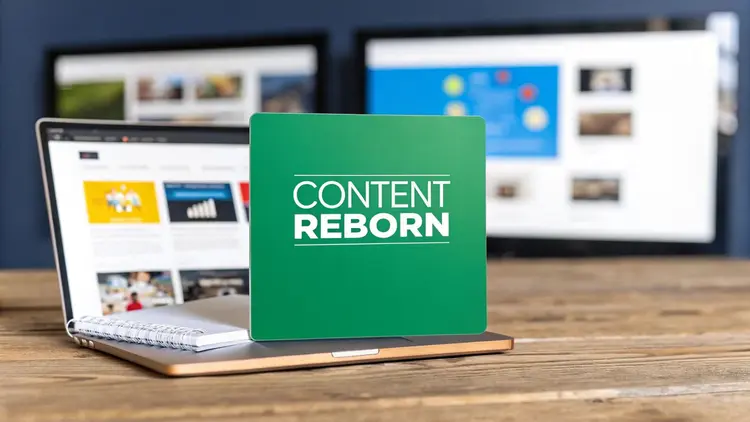
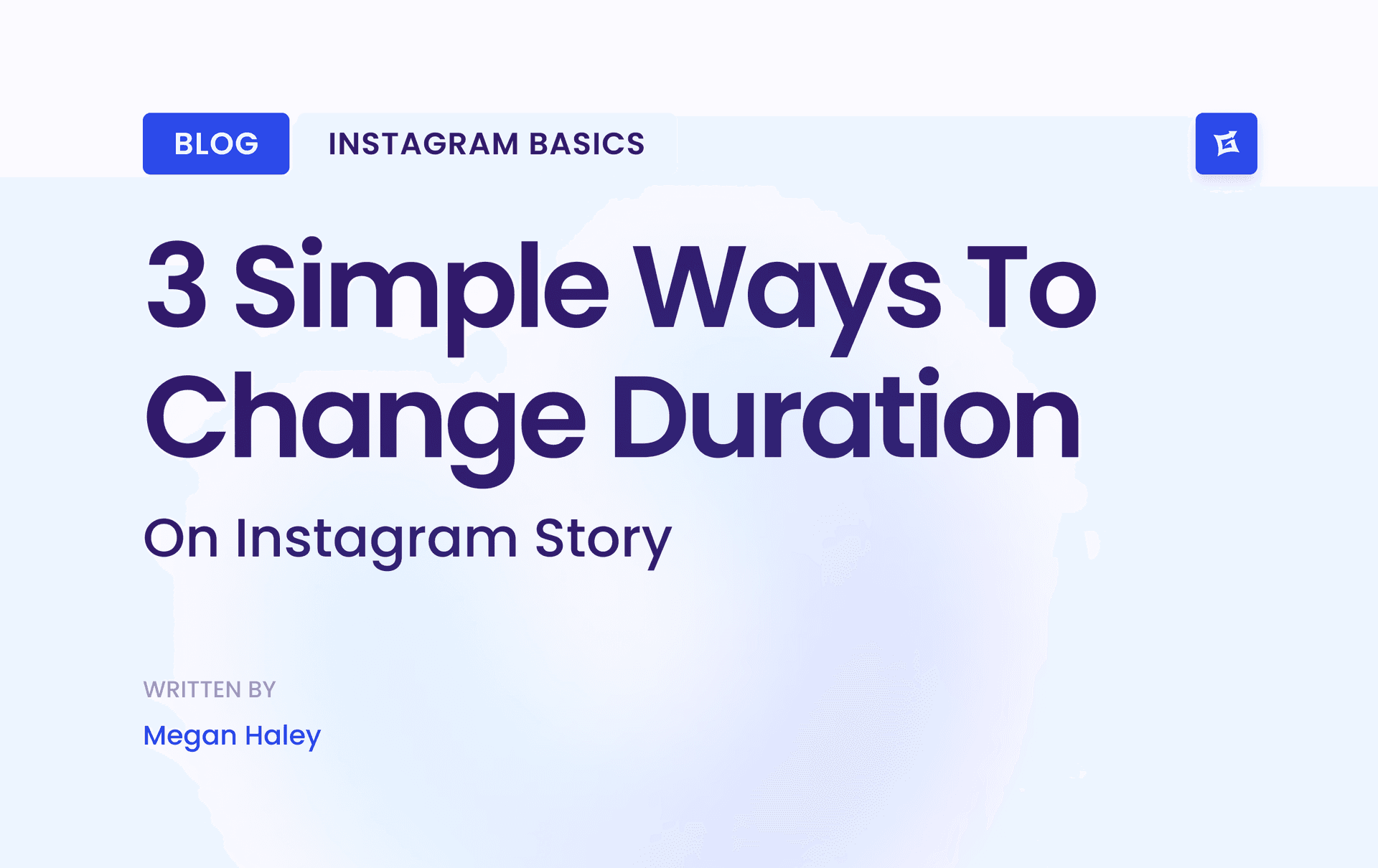
.png&w=1920&q=75&dpl=dpl_9XSWKBjhcBN6v6b1SN7m3p1WWjfr)
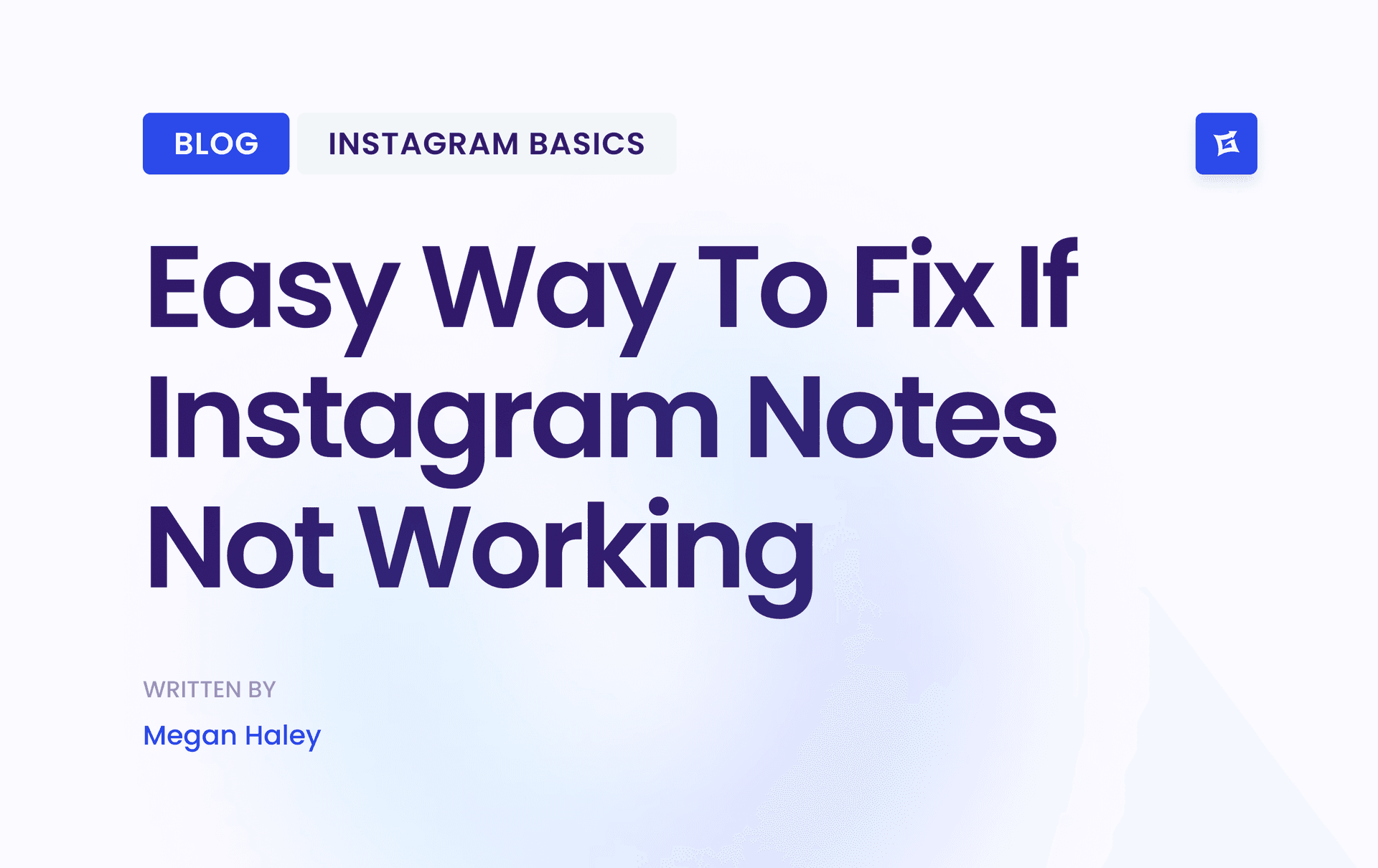
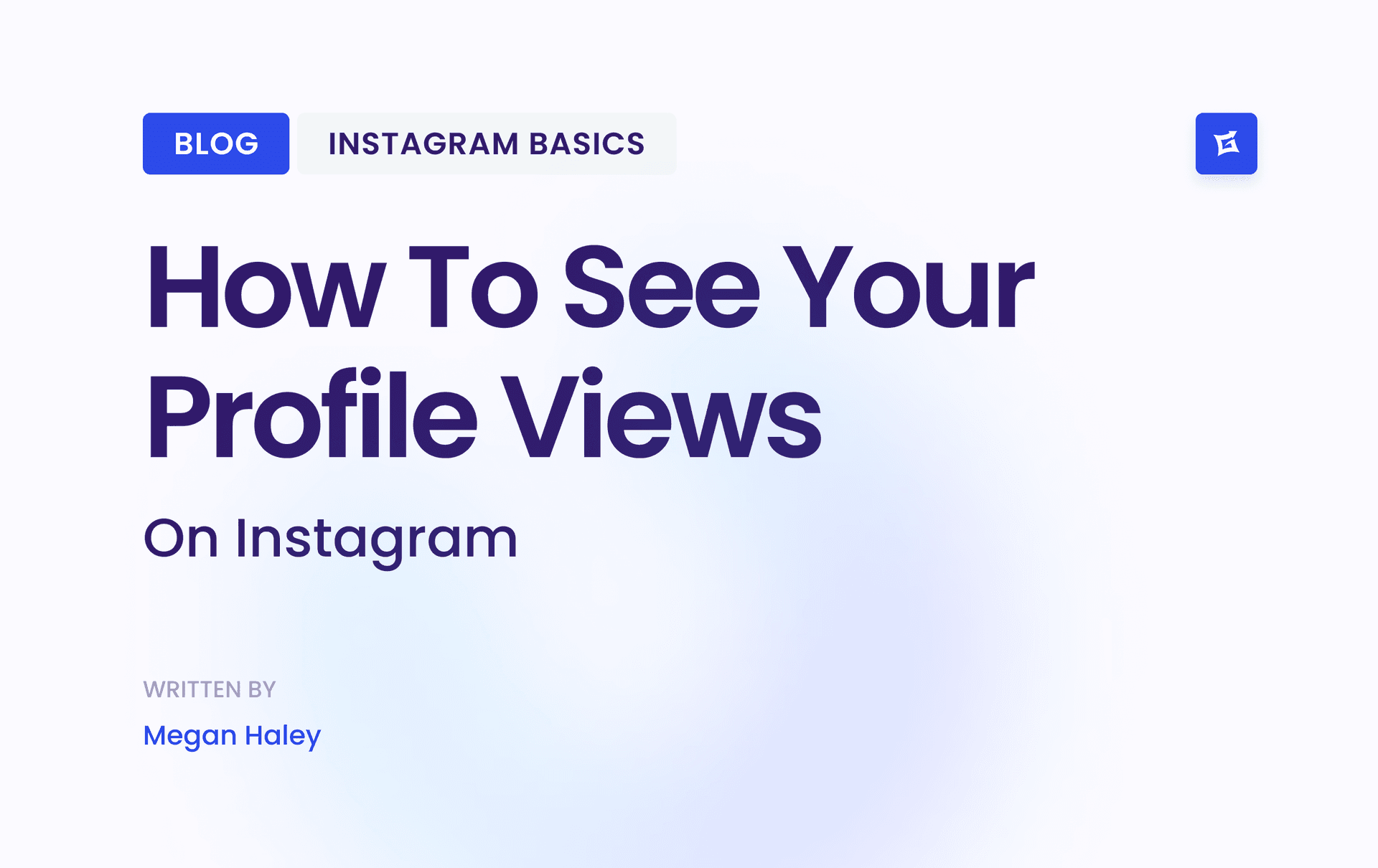
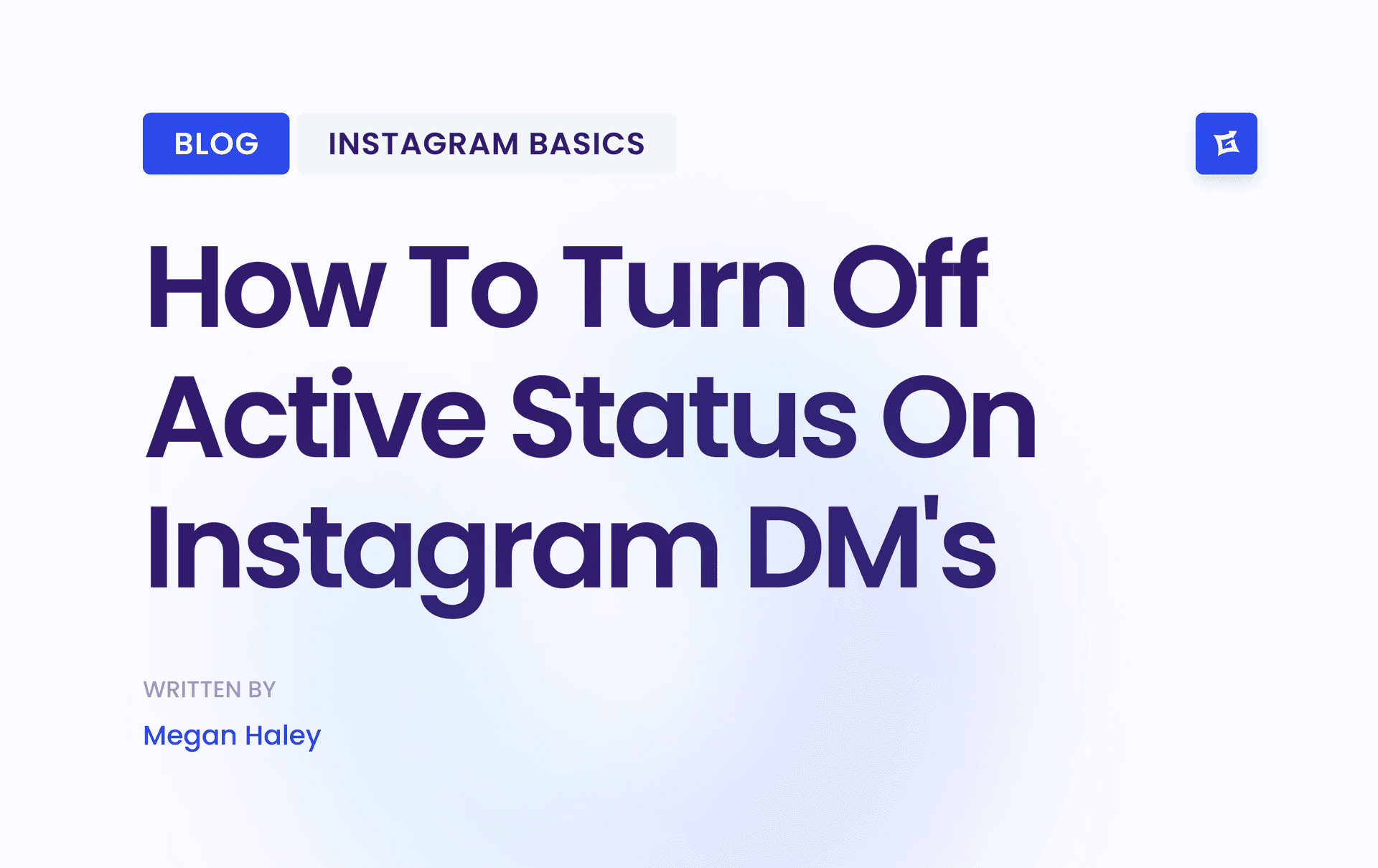
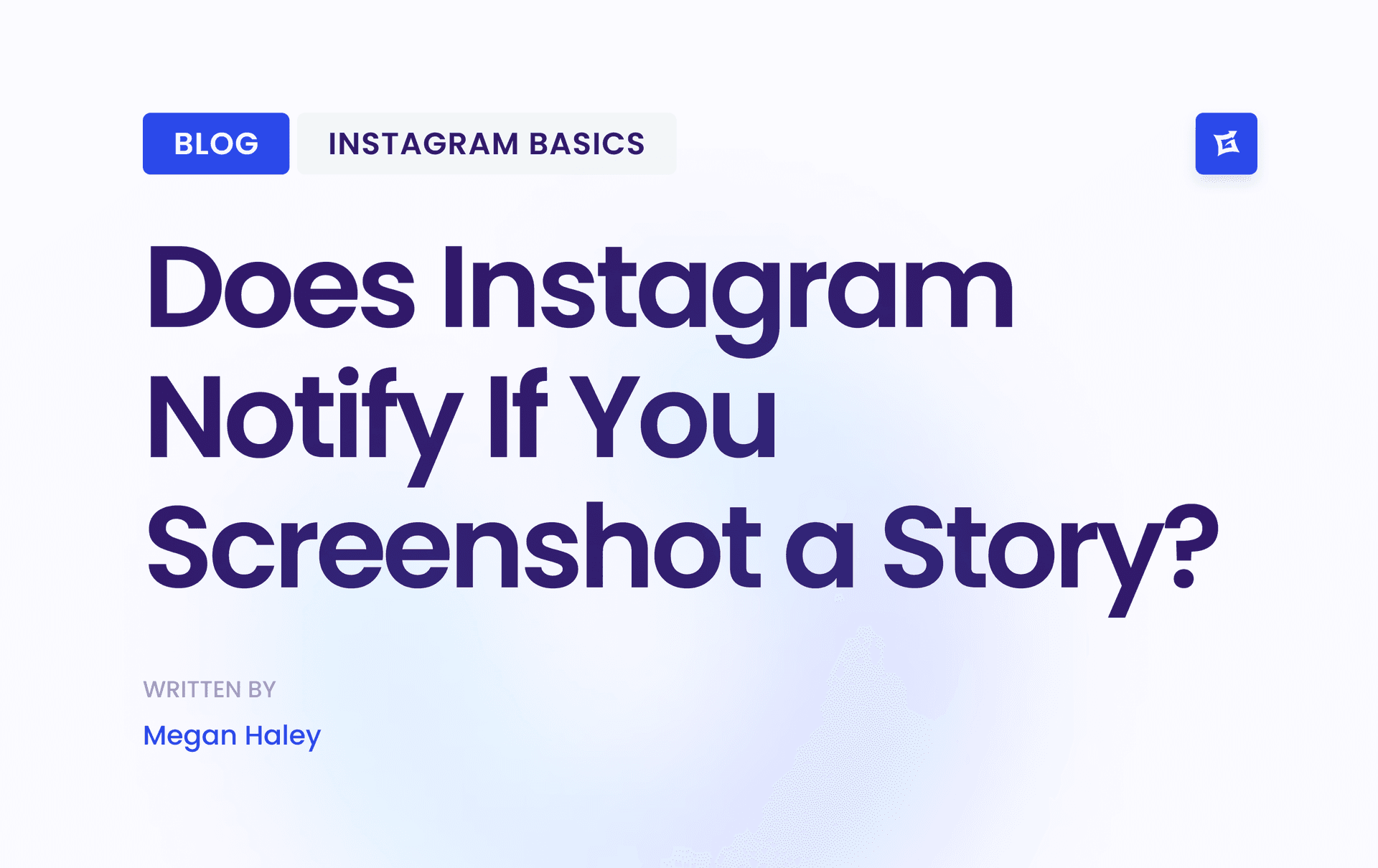



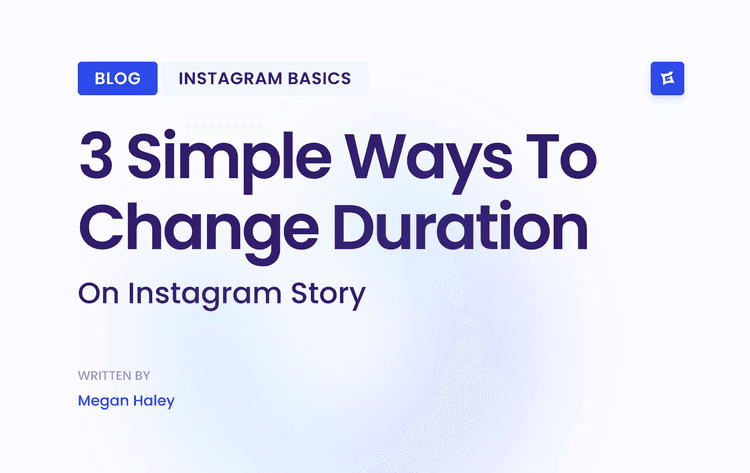
.png&w=750&q=75&dpl=dpl_9XSWKBjhcBN6v6b1SN7m3p1WWjfr)
